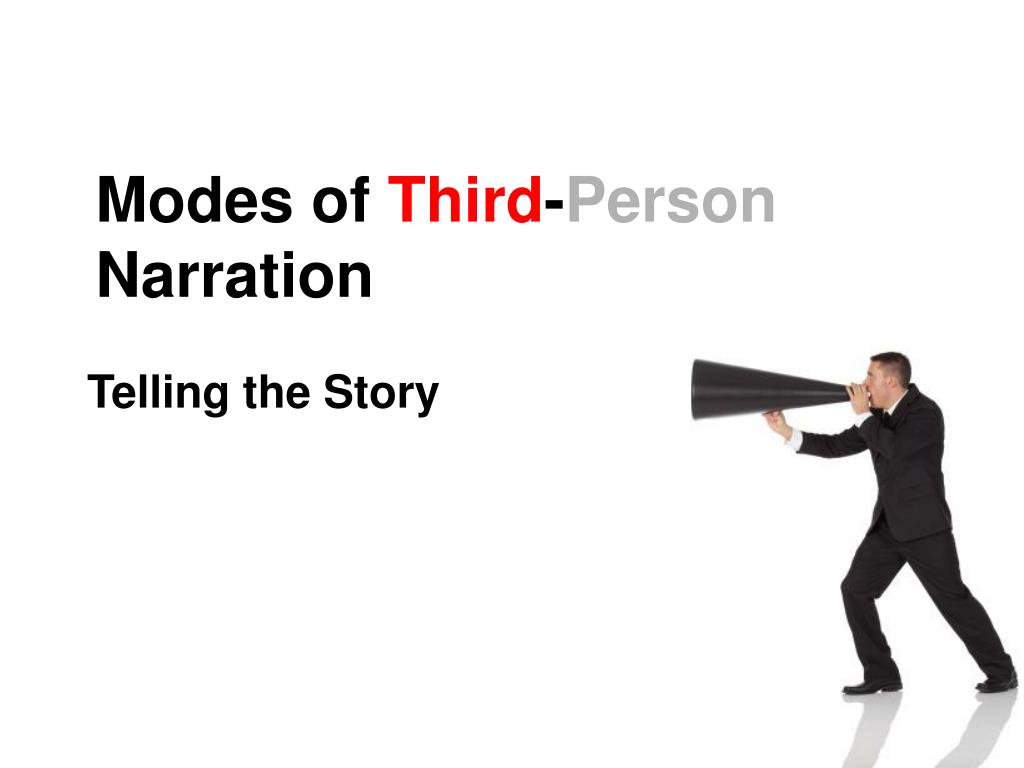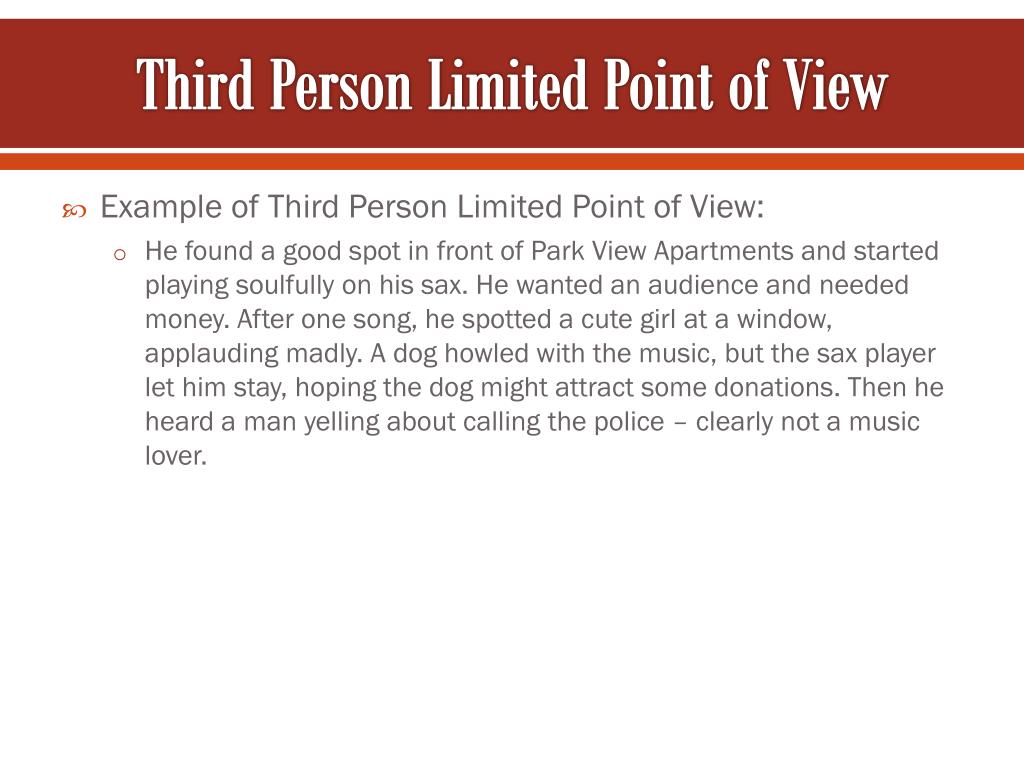

A story can contain more than one viewpoint character.

The viewpoint character is a perspective the narrator sometimes shares – it shows the reader the events of the novel through a particular character’s experience.
 The narrator has witnessed (or is witnessing) something that actually happened (even though both the narrator and the events have been invented by the author). The author writes about events they’ve made up. Sometimes the narrator and the viewpoint character are the same entity, but not always. There are always three potential narrative layers to a piece of fiction: what the author writes, what the narrator says, and what the viewpoint character experiences. Reading fiction is a lot more fun that way. Using a narrator helps the reader forget the author – and we want to forget the author because we don’t want to be reminded that what we’re reading isn’t real. But if the narrator tells the story, it’s much easier for the reader to willingly suspend their disbelief and immerse themselves in what the narrator is saying. If the author tells a story, the reader knows it’s made up. The Layers of Narrationīefore I lump you with descriptions of these types of narration, first consider this: And if you’re an editor, you want to be able to explain (or correct) slippages in narrative style. Why? Because if you’re a writer, you want to make sure you’re handling your narration with expertise. It’s useful to get your head around the differences between these types of narration. Omniscient narration, especially, is hard to identify because it’s hard to write – so if you’re dealing with a manuscript-in-progress, the author may not yet have nailed the narrative style. Whether you’re a writer or an editor, it’s sometimes easy to get confused between omniscient and third person narration.
The narrator has witnessed (or is witnessing) something that actually happened (even though both the narrator and the events have been invented by the author). The author writes about events they’ve made up. Sometimes the narrator and the viewpoint character are the same entity, but not always. There are always three potential narrative layers to a piece of fiction: what the author writes, what the narrator says, and what the viewpoint character experiences. Reading fiction is a lot more fun that way. Using a narrator helps the reader forget the author – and we want to forget the author because we don’t want to be reminded that what we’re reading isn’t real. But if the narrator tells the story, it’s much easier for the reader to willingly suspend their disbelief and immerse themselves in what the narrator is saying. If the author tells a story, the reader knows it’s made up. The Layers of Narrationīefore I lump you with descriptions of these types of narration, first consider this: And if you’re an editor, you want to be able to explain (or correct) slippages in narrative style. Why? Because if you’re a writer, you want to make sure you’re handling your narration with expertise. It’s useful to get your head around the differences between these types of narration. Omniscient narration, especially, is hard to identify because it’s hard to write – so if you’re dealing with a manuscript-in-progress, the author may not yet have nailed the narrative style. Whether you’re a writer or an editor, it’s sometimes easy to get confused between omniscient and third person narration.










